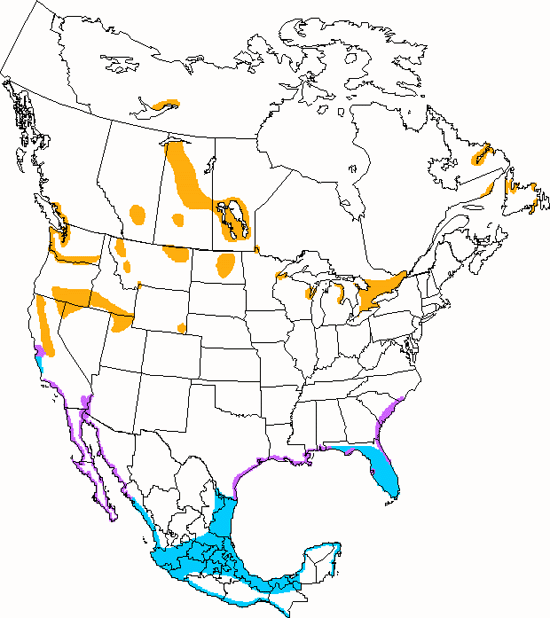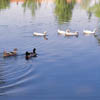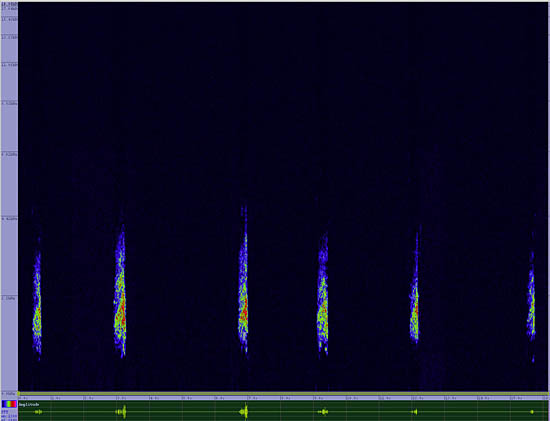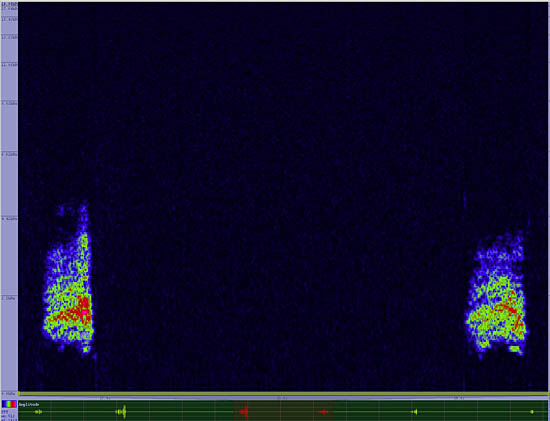Caspian Tern
Sterna caspia

Gull Like
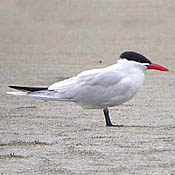
Length: 21 in. (53 cm )
Always associated with water, this large tern can be seen on river beaches, over lakes and marshes, or along the ocean throughout the world. It feeds on fish and crustaceans captured by diving headfirst into the water. Breeding colonies are on beaches and grassy hummocks near the water, and the nest is on the sand with some moss or grass. Parents continue to feed the young after they leave the nest for up to 7 months.
The four-digit banding code is CATE.
Bibliographic details:
- Article: Caspian Tern
- Author(s): Dr. Biology
- Publisher: Arizona State University School of Life Sciences Ask A Biologist
- Site name: ASU - Ask A Biologist
- Date published: 13 Jul, 2017
- Date accessed: 22 January, 2025
- Link: https://askabiologist.asu.edu/activities/bird/caspian-tern
APA Style
Dr. Biology. (Thu, 07/13/2017 - 15:36). Caspian Tern. ASU - Ask A Biologist. Retrieved from https://askabiologist.asu.edu/activities/bird/caspian-tern
Chicago Manual of Style
Dr. Biology. "Caspian Tern". ASU - Ask A Biologist. 13 Jul 2017. https://askabiologist.asu.edu/activities/bird/caspian-tern
MLA 2017 Style
Dr. Biology. "Caspian Tern". ASU - Ask A Biologist. 13 Jul 2017. ASU - Ask A Biologist, Web. https://askabiologist.asu.edu/activities/bird/caspian-tern
Be Part of
Ask A Biologist
By volunteering, or simply sending us feedback on the site. Scientists, teachers, writers, illustrators, and translators are all important to the program. If you are interested in helping with the website we have a Volunteers page to get the process started.



